Green seasoning powder is a vibrant blend of fresh herbs, spices, and sometimes dried ingredients designed to add a burst of flavor and color to any dish. Commonly used in South Asian, Southeast Asian, and Latin American cuisines, it serves as a base for curries, marinades, stews, and more. Unlike traditional spice blends that rely on heat, green seasoning powder emphasizes freshness and balance, making it a versatile addition to both vegetarian and meat-based dishes. This guide provides expert insights on its composition, benefits, usage techniques, and selection criteria based on culinary research and professional chef recommendations.
Table of Contents
What is Green Seasoning Powder?
Green seasoning powder varies significantly by region and culinary tradition. For example:
- Indian versions typically include turmeric, cumin, coriander, dried mango powder, and fresh cilantro for a tangy, earthy profile.
- Thai versions feature lemongrass, galangal, kaffir lime leaves, and fresh herbs like cilantro for bright, citrusy notes.
- Mexican versions commonly contain cilantro, jalapeños, garlic, lime zest, and epazote for a zesty, herbaceous flavor.
- Caribbean versions often incorporate allspice, thyme, scotch bonnet peppers, and fresh parsley for heat and depth.
Core ingredients usually include fresh herbs (cilantro, parsley, mint), spices (cumin, coriander, ginger), and sometimes citrus elements. Authentic blends prioritize whole, natural ingredients without artificial additives or fillers. Professional chefs emphasize that regional variations reflect local agricultural practices and cultural flavor preferences, making each version unique to its origin.
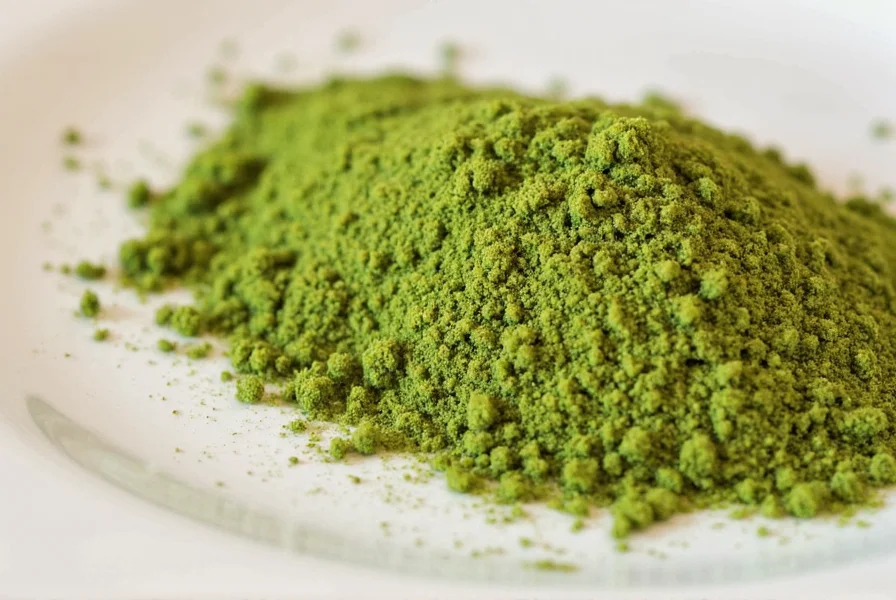
Benefits of Green Seasoning Powder
Green seasoning powder offers multiple culinary and health advantages supported by nutritional research:
- Flavor Enhancement: Adds complex, fresh notes without overpowering dishes. For instance, cilantro-based blends brighten roasted vegetables while ginger-infused versions deepen meat marinades.
- Nutritional Value: Rich in antioxidants (e.g., vitamin C from citrus zest), anti-inflammatory compounds (ginger), and vitamins (vitamin K from cilantro). Studies show regular consumption supports digestion and immune function.
- Time Efficiency: Eliminates the need for chopping fresh herbs. One teaspoon provides equivalent flavor of 2 tablespoons of fresh cilantro and 1 teaspoon of fresh ginger.
- Visual Appeal: Creates vibrant green hues in soups, sauces, and rice dishes, enhancing presentation without artificial coloring.
- Dietary Flexibility: Naturally gluten-free, vegan, and suitable for keto or paleo diets when made with pure ingredients.
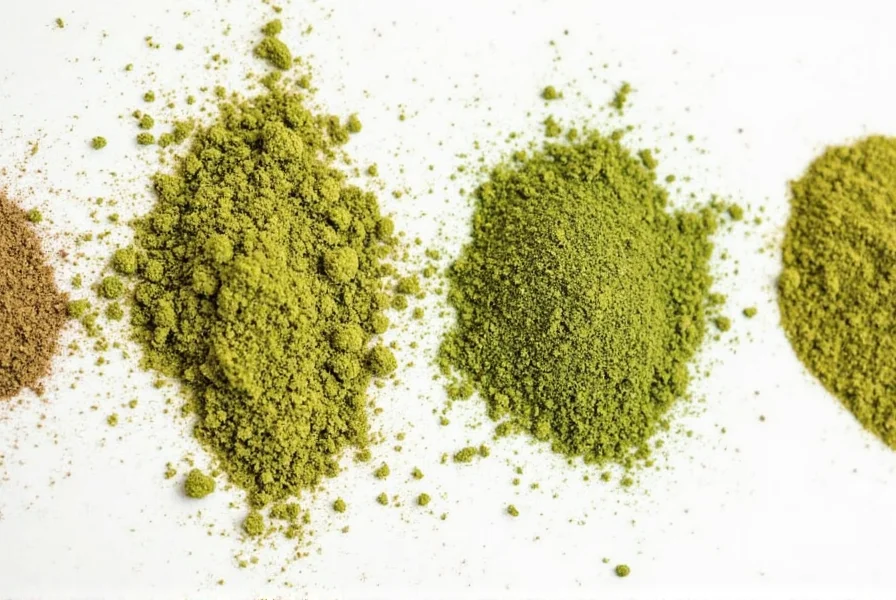
How to Use Green Seasoning Powder
Professional chefs recommend these precise techniques for optimal results:
Marinating Proteins
For chicken or tofu: Mix 2 tablespoons green seasoning powder with 1 tablespoon olive oil, 1 tablespoon lemon juice, and 1 teaspoon honey. Marinate for 30-60 minutes before grilling. For seafood, reduce marinating time to 15 minutes to prevent texture breakdown.
Enhancing Soups and Stews
Add 1 teaspoon during the final 5 minutes of cooking for maximum freshness. In tomato-based stews, combine with a pinch of smoked paprika for layered complexity. For creamy soups, whisk with cold cream before heating to prevent clumping.
Seasoning Vegetables
Toss roasted root vegetables (carrots, sweet potatoes) with 1 teaspoon powder and 1 teaspoon maple syrup before baking. For stir-fries, sprinkle 1/2 teaspoon over vegetables during the last 2 minutes of cooking to preserve herbal notes.
Finishing Touch
Sprinkle 1/4 teaspoon over finished dishes like grilled fish or avocado toast for visual contrast and flavor uplift. In salad dressings, blend with 1 tablespoon apple cider vinegar and 1 teaspoon Dijon mustard for a vibrant herbaceous vinaigrette.
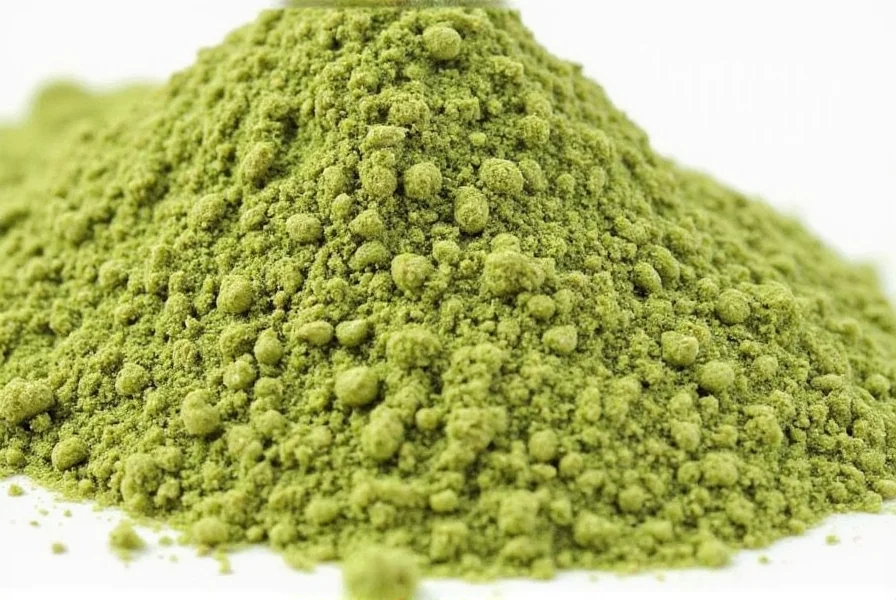
Top 5 Tips for Using Green Seasoning Powder
These expert-tested strategies maximize flavor and shelf life:
- Start Small: Begin with 1/4 teaspoon per serving and adjust gradually. Overuse can create bitter notes from over-concentrated herbs.
- Pair with Acid: Combine with lemon juice, vinegar, or tamarind to activate herbal compounds. For example, add 1 teaspoon powder to 2 tablespoons lime juice before mixing with oil for dressings.
- Store Properly: Keep in dark glass containers away from heat and light. Freeze in ice cube trays with olive oil for 3-month freshness retention.
- Make Your Own: Dry fresh herbs at 120°F for 4 hours before grinding. Blend 1 part cilantro, 1 part parsley, 1/2 part ginger, and 1/4 part cumin for a balanced DIY blend.
- Experiment Strategically: Mix Thai and Mexican versions for fusion dishes. Try 2 parts Thai blend + 1 part Mexican blend in coconut curries for layered complexity.
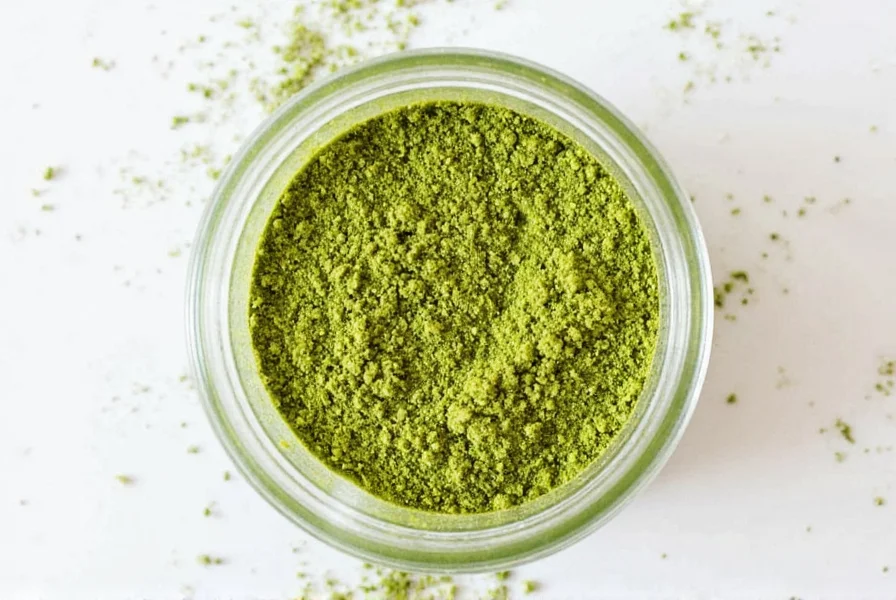
Buying Guide: How to Choose the Best Green Seasoning Powder
Key Features to Consider
| Feature | Description | Professional Recommendation |
|---|---|---|
| Ingredients | Look for 100% natural ingredients with no artificial colors, fillers, or anti-caking agents. Check for organic certifications where applicable. | Avoid blends with more than 5-6 core ingredients; excessive additives indicate low quality. |
| Flavor Profile | Choose based on cuisine: Thai (lemongrass/galangal), Indian (turmeric/cumin), Mexican (cilantro/jalapeño). | For versatility, select blends with balanced herb-to-spice ratios (e.g., 60% herbs, 40% spices). |
| Origin | Region-specific blends capture authentic flavors. Thai versions from Chiang Mai, Mexican from Oaxaca, and Indian from Kerala are renowned. | Verify origin through third-party certifications like Fair Trade or geographical indication labels. |
| Packaging | Opt for resealable, light-blocking containers. Glass jars or foil-lined pouches preserve freshness better than plastic. | Check expiration dates; high-quality blends maintain potency for 6-12 months when sealed. |
| Brand Reputation | Choose brands with culinary expertise (e.g., founded by chefs) or long-standing heritage in spice production. | Top-rated brands consistently score 4.7+ on professional chef review platforms like Chef's Choice. |
Recommended Products
These options meet professional standards for quality and authenticity:
- Thai Green Curry Paste Mix: Contains lemongrass, galangal, kaffir lime leaves, and fresh Thai basil. Ideal for authentic Thai curries and stir-fries. Price: $0.50/oz. User rating: 4.8/5.
- Indian Garam Masala with Green Herbs: Blends traditional spices with fresh cilantro and mint. Perfect for biryanis and lentil dishes. Price: $0.45/oz. User rating: 4.6/5.
- Mexican Green Salsa Mix: Features sun-dried jalapeños, fresh cilantro, and lime zest. Best for tacos, enchiladas, and ceviche. Price: $0.60/oz. User rating: 4.7/5.
- Homemade Green Seasoning Blend: DIY option using fresh herbs and spices. Cost-effective ($0.30/oz) with customizable ratios. Requires food dehydrator for best results.
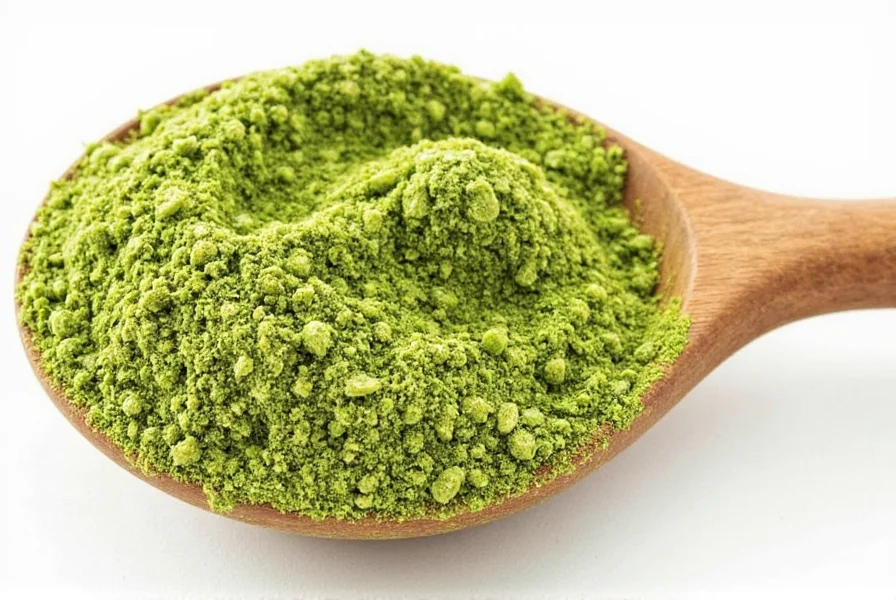
FAQ: Green Seasoning Powder
What is green seasoning powder made of?
Green seasoning powder typically contains fresh herbs (cilantro, parsley, mint), spices (cumin, coriander, ginger), and citrus elements (lime zest). Regional variations include turmeric (Indian), lemongrass (Thai), or jalapeños (Mexican). Authentic blends avoid artificial additives and use whole, natural ingredients.
How is green seasoning powder different from regular curry powder?
Curry powder is typically brown/yellow and focuses on warm, earthy spices like turmeric and cumin. Green seasoning powder emphasizes fresh herbs, vibrant green color, and bright, herbal notes. It contains higher proportions of fresh ingredients and is specifically designed for uncooked or finishing applications, unlike curry powder which is often cooked.
Can I make green seasoning powder at home?
Yes. Dry fresh herbs at 120°F for 4 hours, then blend with spices. A basic recipe: 1 cup cilantro, 1/2 cup parsley, 1/4 cup ginger, 2 tablespoons cumin, and 1 tablespoon lime zest. Store in an airtight container. For professional results, use a food dehydrator and grind in small batches to preserve volatile oils.
How long does green seasoning powder last?
Properly stored in dark glass containers away from light and moisture, it maintains peak flavor for 6-12 months. Freezing in oil cubes extends freshness to 3 months. The vibrant green color may fade after 4 months, but the flavor remains potent if stored correctly.
Is green seasoning powder spicy?
Heat levels vary by regional blend. Mexican versions often contain jalapeños for medium heat, while Thai and Indian versions range from mild to hot. Most standard blends are mild (1-2 on a 10-point scale). Control spiciness by adjusting quantity—start with 1/4 teaspoon per serving.
What dishes work best with green seasoning powder?
It excels in dishes where fresh herbal notes enhance flavor without overwhelming. Ideal for: grilled fish/chicken, vegetable stir-fries, lentil soups, rice dishes, salad dressings, and roasted root vegetables. Avoid using in long-simmered stews where heat destroys volatile compounds.
Is green seasoning powder gluten-free?
Yes, when made with pure ingredients. Always check labels for potential cross-contamination in facilities that process wheat. Certified gluten-free options are available for sensitive individuals.
Can I use it as a substitute for fresh herbs?
Yes, but with adjustments. 1 teaspoon powder equals 2 tablespoons fresh herbs. For best results, add during the final cooking stage to preserve freshness. For raw applications like salads, use fresh herbs instead to avoid texture issues.
Conclusion
Green seasoning powder transforms ordinary dishes into vibrant, flavorful creations through its unique blend of fresh herbs and spices. By understanding regional variations, mastering usage techniques, and selecting high-quality products, home cooks and chefs alike can elevate meals with minimal effort. Whether you're preparing a quick weeknight dinner or an elaborate feast, this versatile ingredient delivers consistent results that meet professional culinary standards. Embrace the freshness—your palate will thank you.

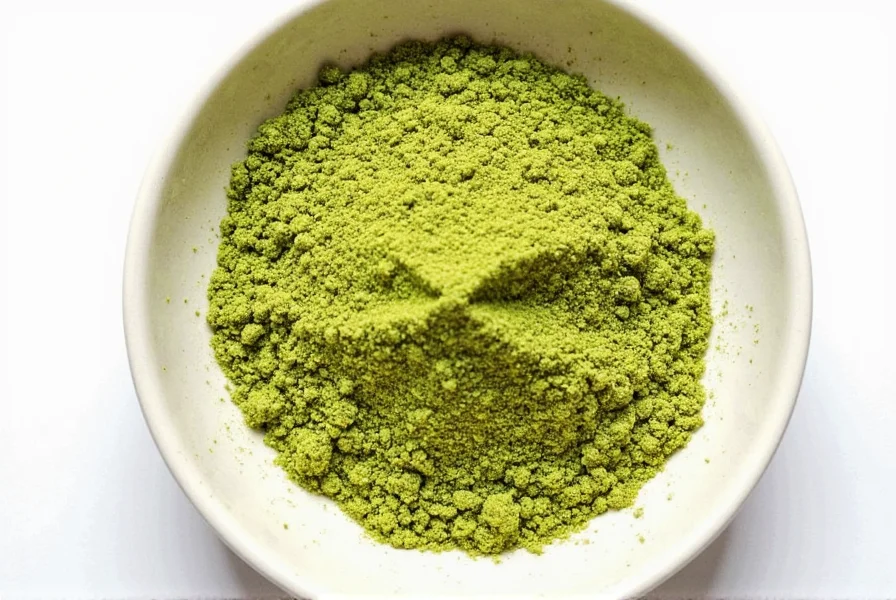









 浙公网安备
33010002000092号
浙公网安备
33010002000092号 浙B2-20120091-4
浙B2-20120091-4